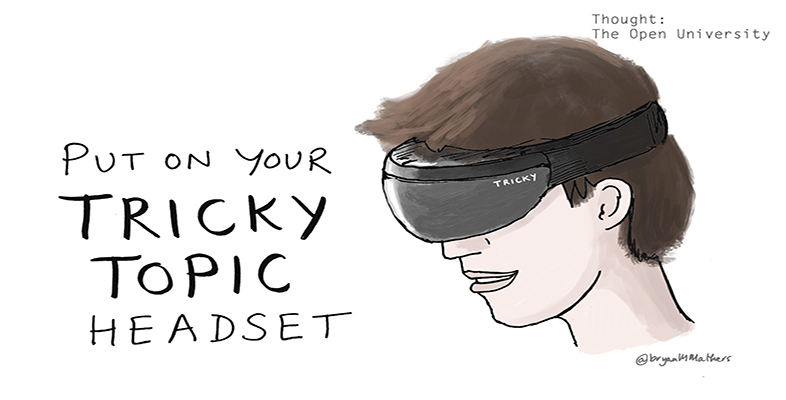Recording students’ thoughts
Table 2 looks at the different methods of recording student's views.
 Figure 6 | It is important to consider how to record students’ thoughts so they can be fully analysed. There are many ways to do this, such as writing notes as they talk or audio-recording the discussion. However, it is worth bearing in mind that it is difficult to effectively write down what is said while also paying attention to what students’ are saying. It can also be off-putting to students if you are writing rather than engaging with what they say. |
 Figure 7 | Audio-recording or video-recording. The discussion can be less intrusive but the student will know you are recording them and this may be a distraction, especially if it involves a video recorder. With most mobile phones now supporting audio-recording, it has become a lot easier for teachers. Transcription into a textual document is not essential, although this obviously makes it easier to read and review. There may, of course, be ethical issues associated with recording students (whether over or under 18 years of age), especially if using video and you will need to check requirements for your particular organisation and circumstances. |
Once you have collected understandings from your students you need to identify key points which will provide the tricky topics, stumbling blocks and problem examples.
